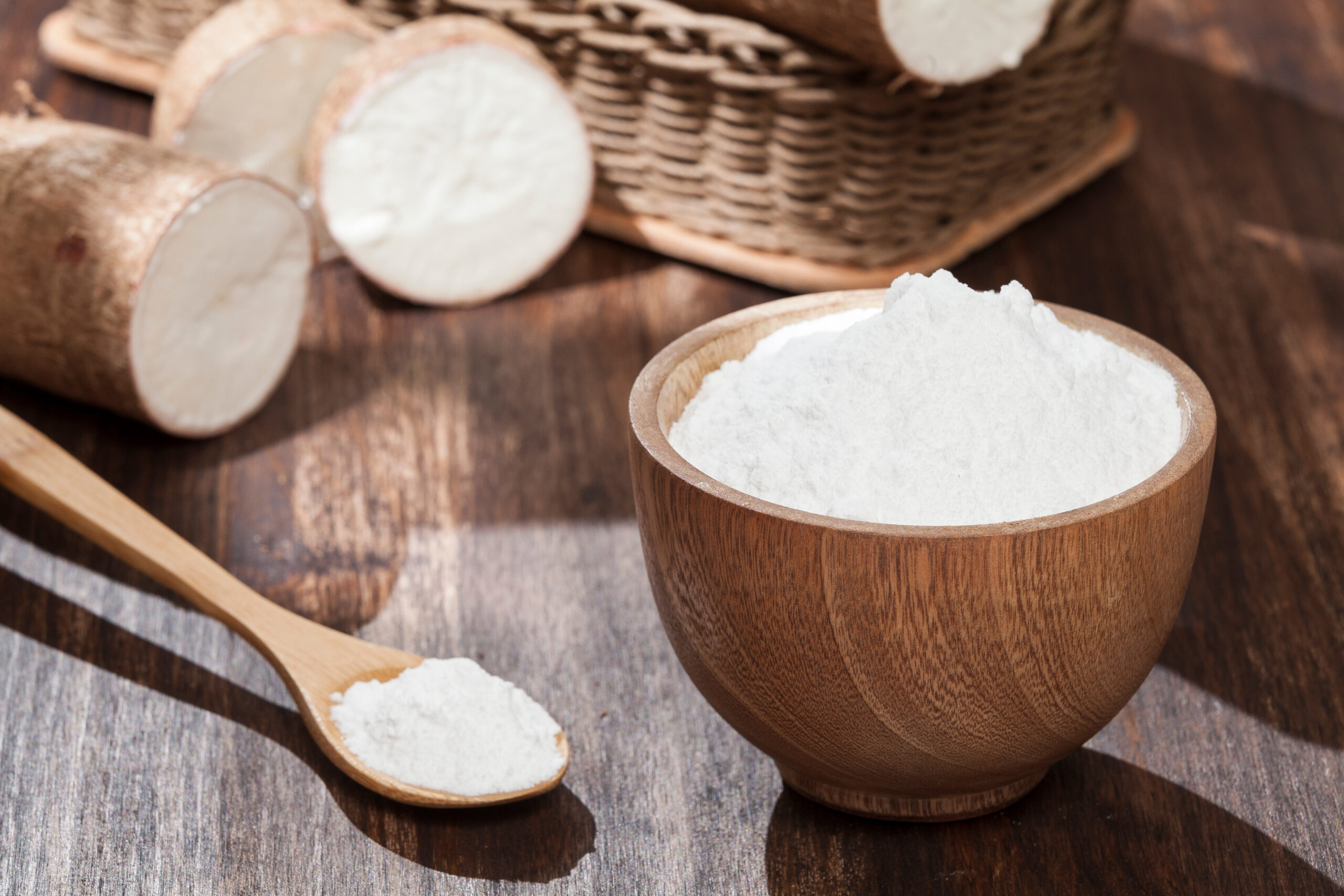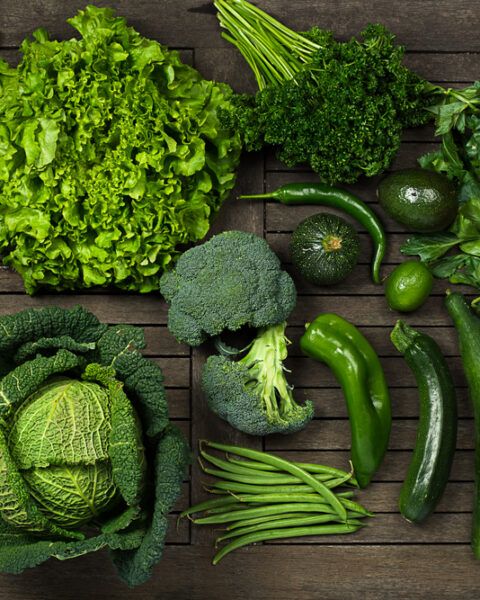Organic foods are supposed to be the gold standard for healthy eating, right? But just because it says ‘organic’ on the label doesn’t mean it’s free from a few sneaky additives. Some of these are naturally derived, while others are synthetic yet allowed under organic labeling regulations. It’s important to stay informed and aware of these hidden ingredients. Here’s a list of sneaky additives in organic foods you should watch out for.
Contents
- 1 Carrageenan
- 2 Xanthan Gum
- 3 Citric Acid
- 4 Guar Gum
- 5 Tapioca Starch
- 6 Natural Flavors
- 7 Pectin
- 8 Sodium Bicarbonate
- 9 Soy Lecithin
- 10 Sodium Nitrite
- 11 Calcium Chloride
- 12 Stevia Extract
- 13 Monosodium Glutamate (MSG)
- 14 More From RetailShout
- 15 15 Iconic ’80s Snacks You’ll Love Rediscovering
- 16 15 Expenses Broke People Should Cut to Save More
Carrageenan

Carrageenan, derived from red seaweed, is often added to organic foods to improve texture and thickness, especially in dairy alternatives like almond milk and yogurt. While it’s a natural ingredient, studies have linked carrageenan to digestive issues, inflammation, and even potential cancer risks in high quantities. Organic certifiers continue to allow it, but some brands have voluntarily removed it due to consumer concern. If you experience bloating or stomach discomfort after consuming certain organic products, carrageenan could be the culprit. Always check the ingredient list for this additive, especially in beverages and processed foods.
Xanthan Gum

Xanthan gum is a thickening agent made through the fermentation of simple sugars by bacteria. It’s commonly found in organic salad dressings, gluten-free products, and sauces to enhance texture and stabilize emulsions. Though considered safe in small amounts, xanthan gum can cause digestive discomfort, particularly for those with sensitive stomachs. Moreover, it’s often processed with corn, which may raise concerns for individuals with corn allergies. Since it’s frequently present in gluten-free foods, it’s worth being cautious if you have digestive issues after consuming these products.
Citric Acid

Although citric acid occurs naturally in citrus fruits, the type used in organic processed foods is often a synthetic version derived from mold. Citric acid is added as a preservative to extend shelf life and maintain flavor in canned goods, beverages, and snacks. While it’s generally recognized as safe, some people report allergic reactions or gastrointestinal issues after consuming foods with high citric acid content. Furthermore, it’s often a sign of highly processed food. Be mindful of the amount of citric acid in your diet, especially if you’re sensitive to acidic ingredients.
Guar Gum

Guar gum, a fiber extracted from guar beans, is used in many organic products like ice cream, soups, and gluten-free baked goods to improve texture and thickness. Although it’s a natural additive, excessive consumption of guar gum can cause bloating, gas, and stomach cramps due to its high fiber content. It’s particularly troublesome for those with irritable bowel syndrome (IBS) or other digestive sensitivities. Some manufacturers use guar gum in large quantities, so check the labels of creamy or thickened organic foods if you frequently experience digestive distress.
Tapioca Starch

Tapioca starch, made from the cassava root, is a common thickening and binding agent in organic and gluten-free foods. Though it’s a natural product, tapioca starch is highly processed and often stripped of nutrients, providing little nutritional value. It can also cause blood sugar spikes due to its high glycemic index, making it a concern for those managing diabetes or watching their carbohydrate intake. Despite its popularity in gluten-free products, it’s something to limit in your diet if you’re aiming for more whole, nutrient-dense foods.
Natural Flavors

The term “natural flavors” sounds harmless, but it’s a catch-all phrase that can include a variety of substances derived from both plant and animal sources. Organic foods are no exception, with natural flavors often being added to enhance taste in snacks, beverages, and baked goods. These additives can contain chemicals, solvents, and preservatives that aren’t disclosed on the label. Some natural flavors may even come from sources like beaver glands, which might surprise consumers who assume all ingredients are plant-based. Always be cautious of products with vague labeling and opt for items with clearly defined ingredients.
Pectin

Pectin is a natural fiber found in fruits that is commonly used in organic jams, jellies, and yogurts to create a thick, gel-like texture. While it’s natural and generally safe, pectin can still cause issues when consumed in large amounts, including gas, bloating, and digestive discomfort. Some organic brands use modified pectin, which is treated with acids or enzymes to alter its properties, making it more processed than it appears. If you notice pectin in your organic snacks, try to limit your intake if you experience digestive sensitivity to fiber.
Sodium Bicarbonate

Also known as baking soda, sodium bicarbonate is used as a leavening agent in organic baked goods. While it’s a naturally occurring compound, excessive consumption can lead to health issues such as high blood pressure or kidney problems due to its sodium content. It’s also commonly paired with other chemical leaveners that may cause allergic reactions in sensitive individuals. Though it’s necessary for fluffy cakes and breads, it’s worth moderating your intake, particularly if you’re concerned about sodium in your diet.
Soy Lecithin

Soy lecithin is used as an emulsifier in many organic chocolates, dressings, and snacks. Though derived from soybeans, the lecithin extraction process often involves the use of chemicals such as hexane, which raises concerns for those looking to avoid heavily processed ingredients. Additionally, soy lecithin may contain traces of genetically modified organisms (GMOs), even in organic products, since cross-contamination can occur during production. It’s especially important for those with soy allergies or sensitivities to be aware of this sneaky additive in organic foods.
Sodium Nitrite

Although sodium nitrite is most commonly associated with processed meats, it can also sneak into organic sausages, bacon, and deli meats. Used as a preservative to prevent bacterial growth and maintain the pink color of meat, sodium nitrite has been linked to health risks like heart disease and cancer when consumed in large amounts. Even organic versions of processed meats may contain this additive. If you’re trying to reduce your intake of potentially harmful preservatives, be sure to read labels carefully when purchasing organic meat products.
Calcium Chloride

Calcium chloride is added to organic canned tomatoes, pickles, and other preserved foods to maintain firmness and texture during processing. While it’s naturally derived from limestone, excessive consumption of calcium chloride can lead to digestive issues, including nausea and bloating. It’s also used as a de-icing agent, which may not be appetizing to some consumers when they realize it’s present in their food. If you want to avoid unnecessary additives, look for brands that don’t use calcium chloride in their preservation process.
Stevia Extract

Stevia extract is a popular natural sweetener derived from the leaves of the stevia plant, often used in organic beverages, snacks, and desserts. While it’s a zero-calorie sweetener that’s appealing to those watching their sugar intake, stevia can still cause digestive issues like bloating, nausea, and a laxative effect when consumed in large amounts. Additionally, some processed forms of stevia may contain added chemicals or fillers, making it less “natural” than it seems. It’s best to consume stevia in moderation or opt for whole, less processed sources of sweetness.
Monosodium Glutamate (MSG)

While MSG is often associated with processed and fast foods, it can also appear in organic products under different names like “yeast extract” or “hydrolyzed vegetable protein.” MSG is used to enhance flavor, particularly in soups, sauces, and snack foods. For some individuals, MSG can cause adverse reactions such as headaches, nausea, and chest pain, although these symptoms are debated. Since it can be hidden under less familiar names, always check labels carefully if you’re trying to avoid this additive in organic foods.
This article originally appeared on RetailShout.
More From RetailShout
10 British Party Favorites the Rest of the World Should Know

When it comes to party foods, Britain offers a treasure trove of delectable bites that many outside the UK have yet to experience. These traditional British snacks and treats are perfect for any festive occasion, bringing a taste of Britain’s culinary heritage to the table. Read More.
15 Iconic ’80s Snacks You’ll Love Rediscovering

The ’80s were a special time, especially when it came to snacks. Back then, the shelves were stocked with treats that brought pure joy to every lunchbox and after-school hangout. Whether you were reaching for something cheesy, sweet, or a fizzy drink, there was always something exciting to munch on. Read More.
15 Expenses Broke People Should Cut to Save More

A lot of people often find themselves struggling to make ends meet. Yet, it’s surprising how often we encounter people who are constantly tight on cash but still manage to afford certain luxuries. Read More.






